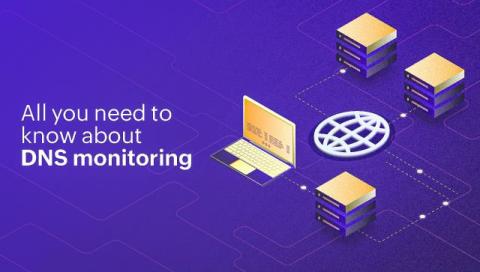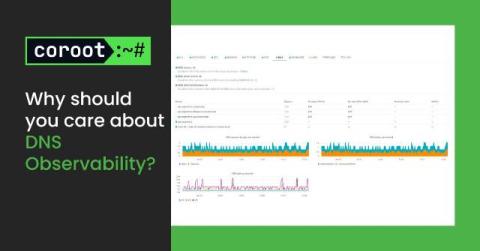Cross-Cloud Networking: DNS Design
Designing a robust DNS design to support seamless name resolution across distributed workloads is important. Watch along as Sri Nannapaneni, Customer Engineer at Google Cloud, discusses Cloud DNS concepts and reviews a design pattern that customers can leverage as part of their hybrid deployment.











